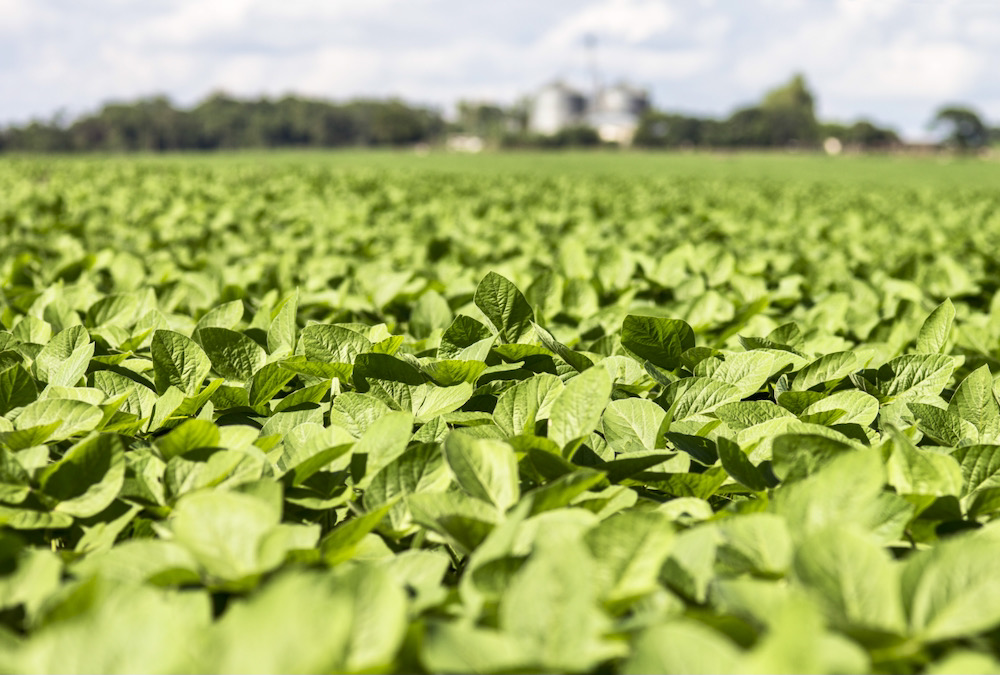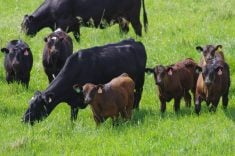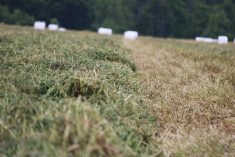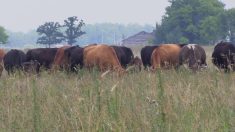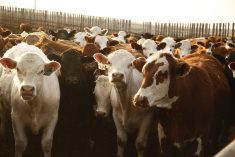Many producers are seeking alternative, possibly non-traditional, sources of forage such as cattails, flax, kochia, millet varieties and soybeans in light of continued drought.
“With limited forage on the market and high prices, it may be a better option to evaluate local hay options,” North Dakota State University Extension beef cattle specialist Zac Carlson said. “Price and quality of alternative forages will play a key role in determining whether they can be used in a given production situation.”
Read Also
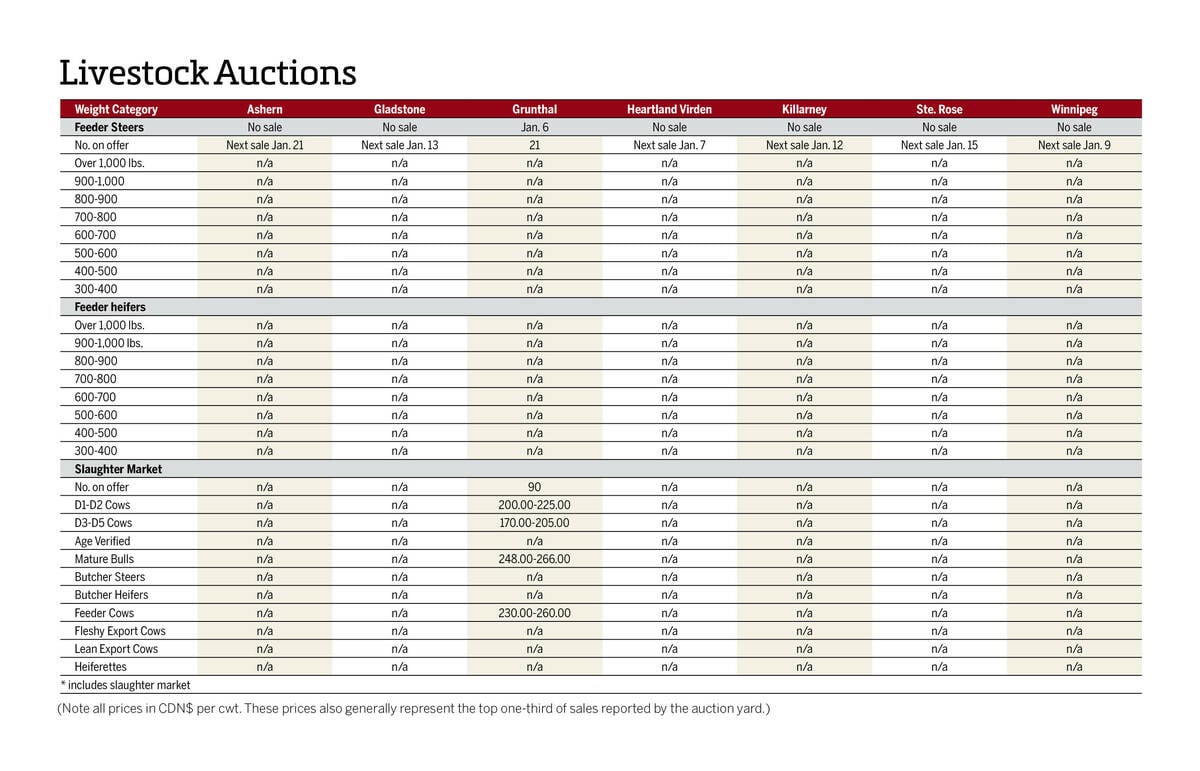
Manitoba cattle prices Jan. 6
Grunthal was the first Manitoba livestock auction mart to kick off 2026 cattle sales in early January.
He also, however, warned producers to gauge animal health risks.
Breaking down the options
In a drought, producers having access to cattails may be feasible, although best harvested earlier. Young cattails can contain up to six per cent crude protein (CP) and 50 per cent total digestible nutrients (TDN). However, mature cattails have little to no feed value and may be better used for bedding.
Harvesting flax for hay is unusual; however, when harvested at the early stages of seed boll development, flax hay can contain 10 per cent CP and has digestibility similar to grass-alfalfa hay. A conditioner or crimper may be needed, however, given difficulties in drying.
Flax can also, however, contain high levels of cyanide-producing compounds, which may be elevated by drought and should be tested for. Harvesting as hay, compared with grazing, reduces the risk of cyanide poisoning.
When testing, producers should confirm whether lab staff can analyze all forms of cyanide gas, or just those associated with sorghum and sudangrass hybrids.
Foxtail and proso millets can also provide relatively good-quality hay, although drying, again, can be difficult, and high nitrates are a factor. Millets should be harvested at the same maturity as small grains for forage — between the heading and soft-dough stages of grain development.
Millet hay should also be blended with other hay to avoid the risk of scours, and it should not be used for hay, as it is linked to lameness and reduced kidney function.
Kochia quality can vary wildly (from six to 22 per cent CP) and should be harvested at about 20 to 26 inches in height and before flowering for forage quality similar to alfalfa hay.
It does, however, have a laxative effect, may accumulate nitrates, and has been reported to cause photosensitivity. Kochia is high in oxalates, which bind with calcium in the blood, leading to hypocalcemia.
Producers feeding kochia should take it slow, ramping up volumes over weeks and potentially adding limestone supplement to limit oxalate poisoning risk, and should not feed it to lactating cows.
Soybeans can, likewise, be utilized for hay or silage, and can be mixed with corn or sorghum silage to create good-quality forage. When harvested for hay, soybeans may contain CP and TDN similar to alfalfa hay.
The best time to harvest soybeans is during early-pod development, when pods are less than an inch long. Soybean hay can contain a lot of stems, and livestock will sort out and refuse to eat the stems. Grinding and blending with other forages should improve consumption.
Producers should also be more cautious of moisture. Unlike grass hay, moisture can penetrate a bale of soybean hay more easily and cause spoilage.
And, again, producers should test for nitrates.
Balancing it out
Conducting a nutrient analysis is important to best plan for when to utilize alternative forages and other feeds, and Carlson urged producers to test for toxic components, which can often then be blended with other feed to limit the risk.
“To maximize the use of alternative and non-traditional forages, develop a strategic feeding plan,” he advised. “Target feeding cows lower-quality feed after weaning, when they no longer are in lactation. Spare higher-quality forages for later in gestation or early lactation.”

